Interview with Landscape Photographer Graham Clark
Let’s me start by saying that ever since I’ve read Graham’s Canon EOS 6D review, and have discovered his photography and blog, I’ve been a fan.
Landscape photography is somewhat new to me, and Graham’s work I find is very inspiring. Not only does Graham produces gorgeous images, but he travels all over the world to capture breathtaking landscapes. You can find him on his site, Facebook, Twitter, and Pinterest.
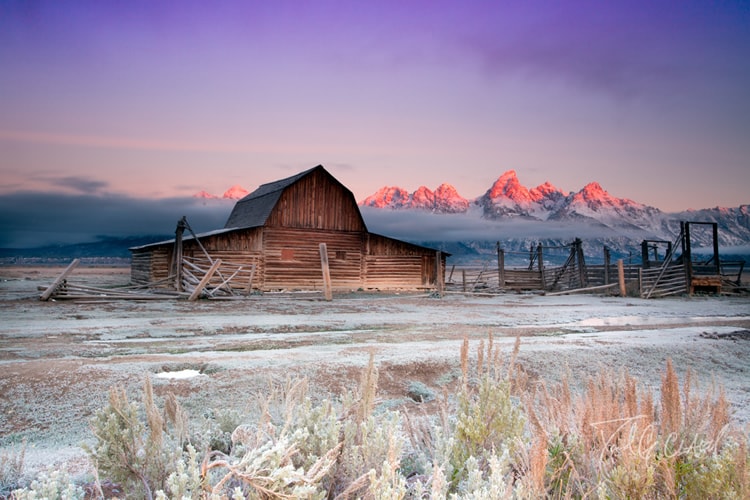
Hi Graham, thanks for taking the time to do this interview. Could you give our readers a bit of information about you, where you’re from, and tell us a bit about the kind of work that you do?
Thanks for having me! I’ve lived in many different places in the US, however I usually tell people I’m from San Francisco – that’s where I grew up and currently live. I love all kinds of photography, however landscape and travel photography are the ones closest to my heart. Travel and being in the natural world inspire me a great deal, and so capturing these experiences is one of my passions.
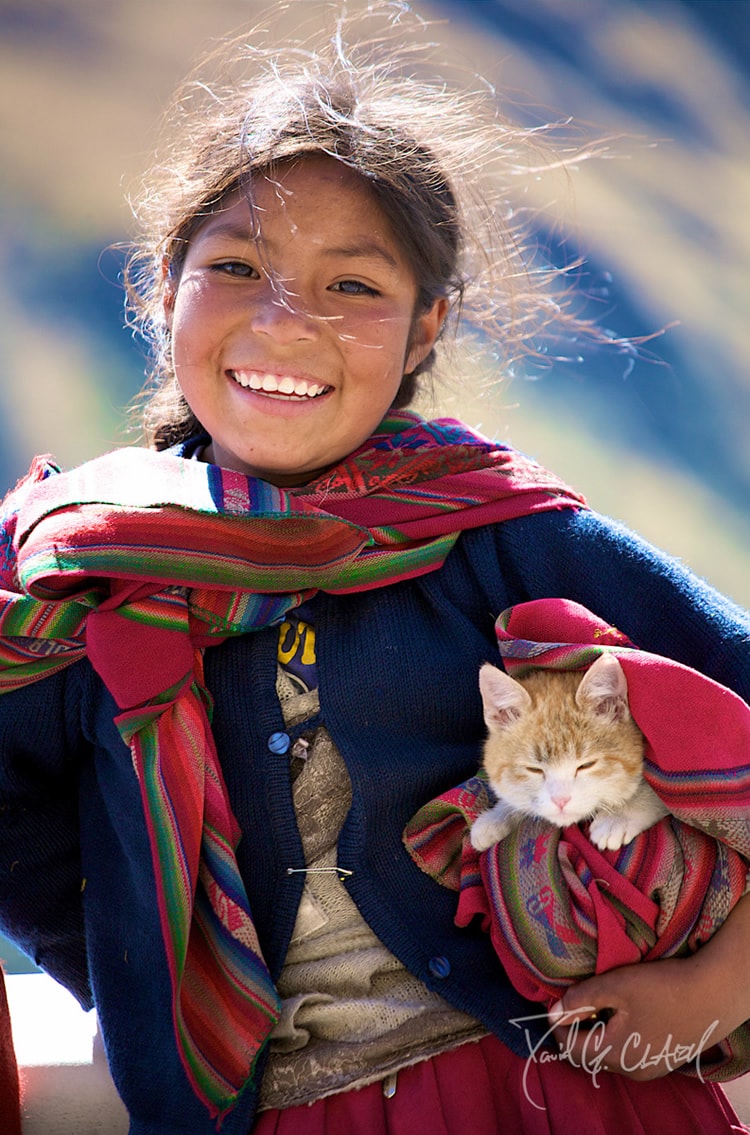
You’re a world traveler, and you’ve visited more countries than most, from Alaska to Argentina, India, and many others. I know this is not an easy question to answer, but what trip would you say was your best experience? And why?
Traveling solo from Alaska to Argentina by land was quite an epic journey. During those 2 1/2 years there were many beautiful experiences, incredible human atrocities and everything in-between. From being in wonderful caribbean islands to getting robbed sometimes twice a night, it really ran the gamut of travel experience, which is exactly what I was looking for and it became my subject.
Previous to embarking from Alaska to Argentina by land I was working for Apple, and although I loved the work I was doing, what I really wanted to be doing was shooting everyday. If you could imagine a musician wanting to play guitar everyday and really just focus on the music, that’s where I was with photography.
Compared to traveling in Asia I preferred the variety in landscape of the Americas. It’s also really easy to get out there in the landscape in North, Central and South America, whereas in Asia that can be a bit more challenging, but no less spectacular.
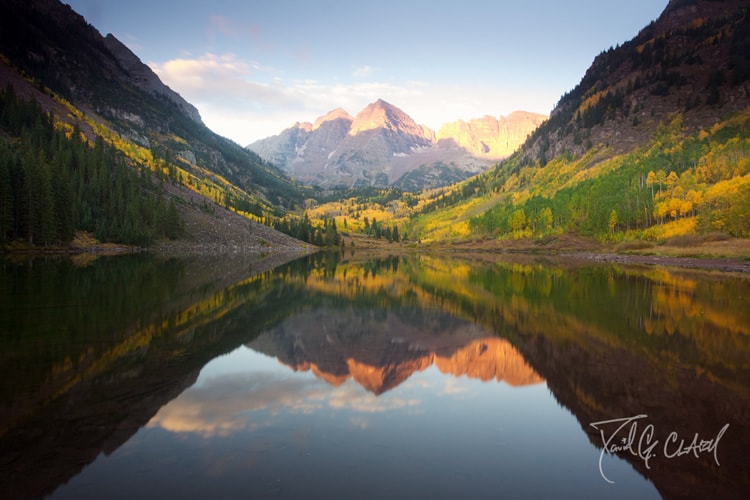
You recently traveled for over 3 months and visited over 30 national parks. I know you don’t usually bring a lot of gear and prefer to travel light, but how do you usually plan for a trip? It must take some pretty good organizational skills to plan for a 3 month trip.
For international travel I use an Arc’Teryx 30L Muira backpack and I leave the tripod and graduated neutral density filters at home. My camera equipment for travel consists of a full-frame DSLR with a wide-angle lens (Canon 17-40mm F4 or Nikon 16-35mm F4), 50mm prime and a 70-200mm F4 telephoto.
Missing quite a few shots due to traveling so light would be an understatement! But the advantages of traveling much lighter definitely outweigh the alternative.
But for North American travel I do things a bit different. Because a car is pretty much a requirement for traveling anywhere in North America (incredibly large distances) I’m able to carry a bit more equipment, such as tripods and filters.
I have a small checklist of equipment that I organize against:
- 13” Retina MacBook Pro (3.0GHz, 768GB SSD)
- Canon EOS 6D
- Canon EOS 5D (IR-modified for B&W)
- Canon 17-40mm F4
- Canon 40mm 2.8
- Canon 70-200mm F4 IS
- 2x Tripods, Intervalometer, 5x batteries for each body
- 77mm B+W Circular Polarizer, B+W 6-stop ND, B+W 3-stop ND
- 1x Lee 3-stop soft GND, 1x Lee 2-stop soft GND, 1x Singh-Ray 3-stop Reverse GND
- OpTech wraps for all lenses and camera bodies.
The landscapes in North American National Parks run the gamut of serene and tranquil to incredibly harsh environmental conditions. Sensor dust slows down a post-processing workflow quite a bit, so I carry all the essential sensor cleaning tools necessary for doing this kind of stuff in the field:
- ArtBin Toolbox
- Large Rocket Blower
- VisibleDust Loupe
- VisibleDust Arctic Butterfly (dry brush)
- PecPads with Eclipse Solution
The ArtBin Toolbox is also where I store all my charged and dead batteries. Charged batteries on the top left, dead on the top right. Inside the toolbox I also store lens cloths and a number of other smaller items.
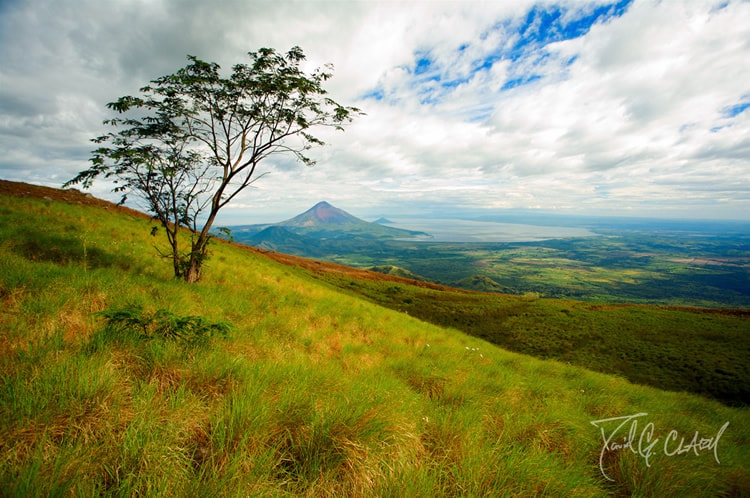
The world is full of amazing places and photo opportunities – what are some of the countries or regions you would like to visit, and photograph, in the coming years?
The trip I’m most excited about starts in Norway, and continues through Sweden, Finland and across the border to St. Petersburg Russia. From St. Petersburg down to Moscow connecting to the Transiberian railway across Russia to Mongolia.
Then south to Beijing China, and west to Chengdu and Tibet, continuing in a big counter-clockwise circle around China for a couple years, maybe more!
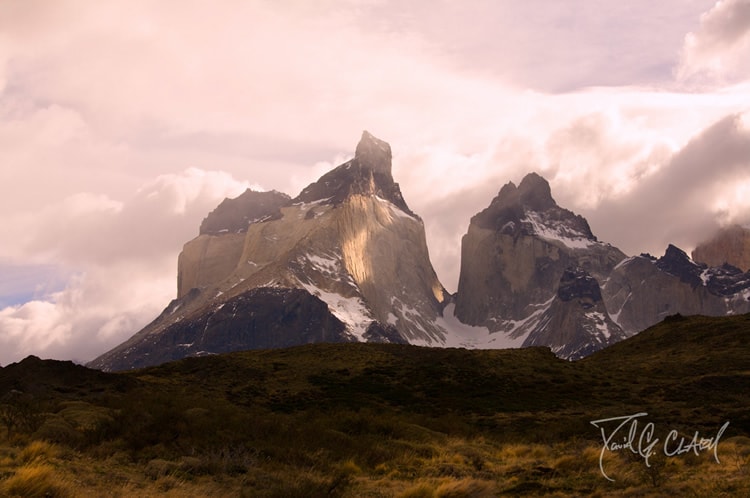
You’re been blogging for a while now. Did blogging and writing about photography change your business. And if so, in what ways?
I think blogging and writing about photography has really allowed me to externalize my thoughts on many areas of photography and in the process I get feedback from other photographers, both positive and negative. This was a missing link for me as before I was drawing conclusions without that all-important feedback loop.
It also allowed me to start building an audience, which is vital to any successful photography business. For example, I’m writing a book at the moment on the topic of marketing strategies and tactics for photographers, and I’ve been able to ask my audience questions all along the way.
My email newsletter reaches thousands of photographers all over the world, and having this audience really allows me to learn a great deal about what photographers want by asking questions, which in turn informs me on what content would be of most value to write about!
Writing and building an audience around photography opened a dialogue that has helped to accelerate my growth and development as a photographer.
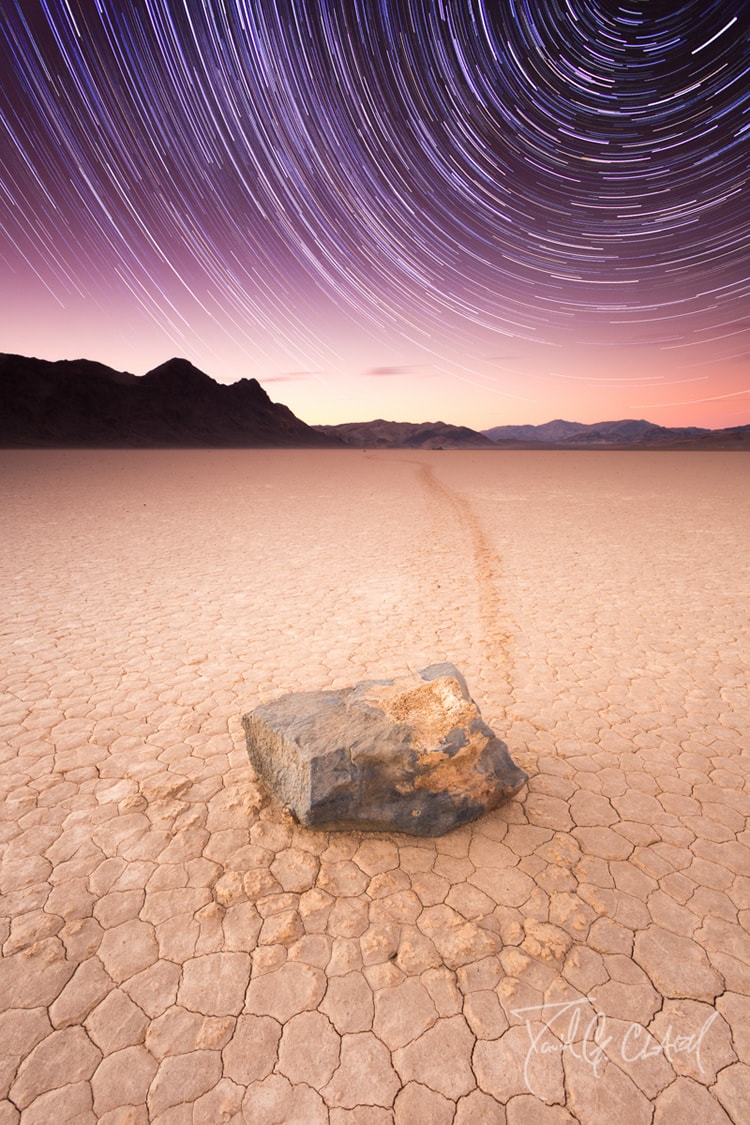
You are also the founder of Landscape Photography SF and Breakthrough Photography. Why did you start those ventures and has it influenced your own photography?
I started Landscape Photography SF as a not-for-profit landscape photography community in San Francisco. I organize and lead Sunset and Sunrise meetups, National Park Treks and other events in and around San Francisco.
In just 9 short weeks I saw incredible growth of over 420 photographers! The result of hundreds of landscape photographers networking and learning from each other has been huge. My learning of photography has expanded by a few order of magnitudes as well.
I recently quit my IT tech job in San Francisco, and like before, I loved the line of work I was doing but it really just came down to working day-in-day-out in a field that I found mentally challenging and stimulating but not even close to as personally fulfilling as doing something I was truly passionate about – photography.
I created Breakthrough Photography with a laser-focused goal of helping others learn about photography. This is something I’m really passionate about and I spend a majority of my days now creating content that I publish on YouTube, iTunes Bookstore or on the Breakthrough Photography blog.
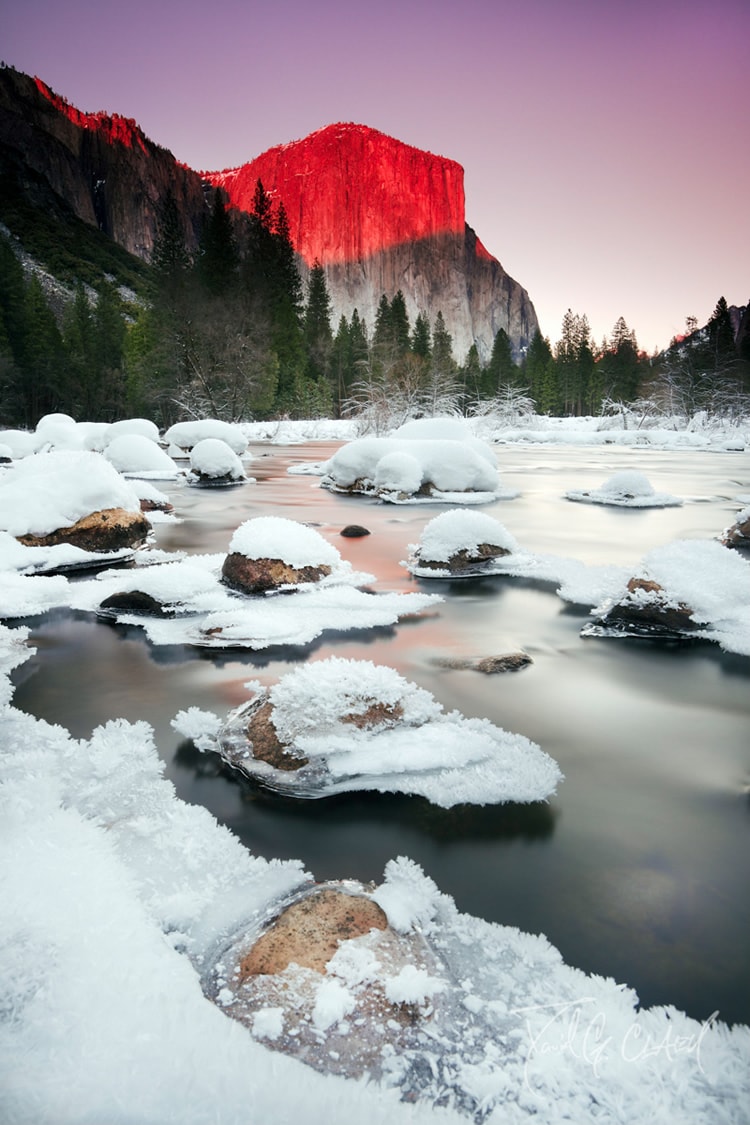
Apart from photography, do you have interest in other creative activities?
Galen Rowell, a legendary photographer in his own right, often said the study of areas outside of photography have the potential to have strong ancillary value and allow the photographer to triangulate her understanding more precisely.
I’m often reading about and studying psychology and design. I really find these areas fascinating and try to surround myself with as much of it as possible. My iPad Mini has quite a few books on both areas of thought and whenever I have downtime I’m usually picking up where I left off on a particular book.
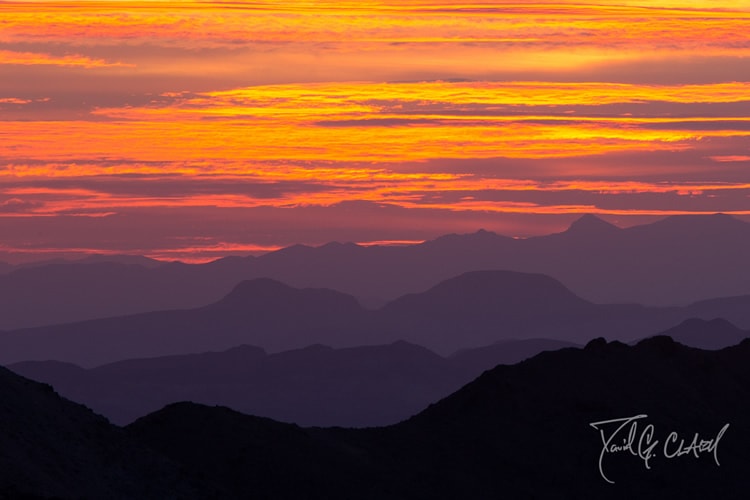
Even though you’re primarily a landscape photographer, do you have interest in other styles of photography like portraits or sports?
I really love wildlife, B&W street or any kind of photography that focuses in on the decisive moment.
I’d love to branch out and explore these areas however I’m trying hard to make a conscious effort to not multi-task too much. Landscape photography is a vast niche and one that I’m only beginning to understand. So I have quite a bit more work to do before I branch out in a serious way into other niches!

Your Canon 6D Review is such a great resource – especially the latest interactive version (v3), which is available through your site as well as on iBooks. How much work went into creating this book, the content, and putting it all together?
Creating the Canon 6D was quite a bit of work, but it was a ton of fun as well.
I’m just like most photographers in the sense that I love reading about things before I buy them. The reviewing landscape out there is pretty black and white, and they really tend to focus on the technicalities and the marketing. What I wanted to do was go the opposite direction and write a review with hands on experience in the field.
When I published the Canon 6D Hands-on Review quite a few people really connected with that style as opposed to the datasheets and laboratory tests. Quite a few more than I had anticipated!
I had to learn a few things in order to do that review, including shooting 1080p HD video, working with professional audio (Sennheiser 100G3), editing in Final Cut Pro and Motion and a few other things. It was a ton of fun and I learned a lot in the process, and I’m excited to do many more!
Thanks to Graham for taking the time to do this interview – I hope you enjoyed reading it as much as I enjoyed connecting with Graham.
